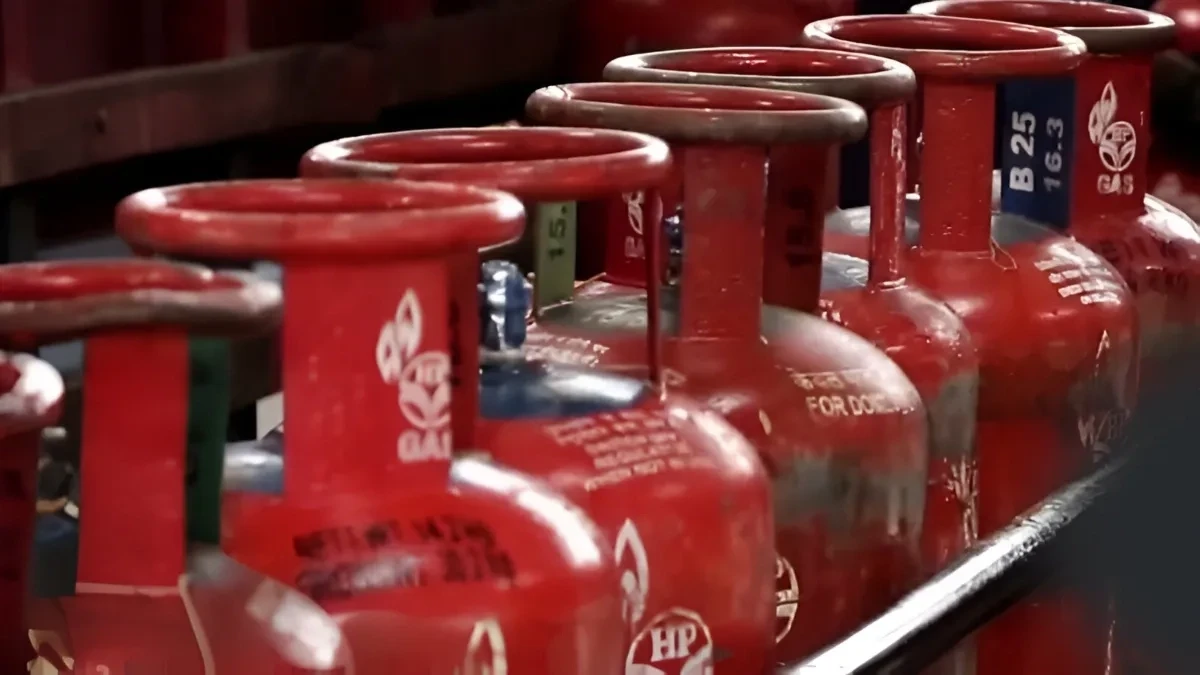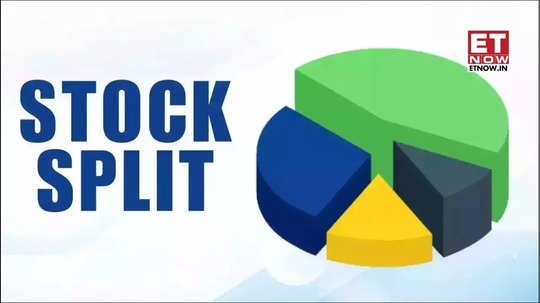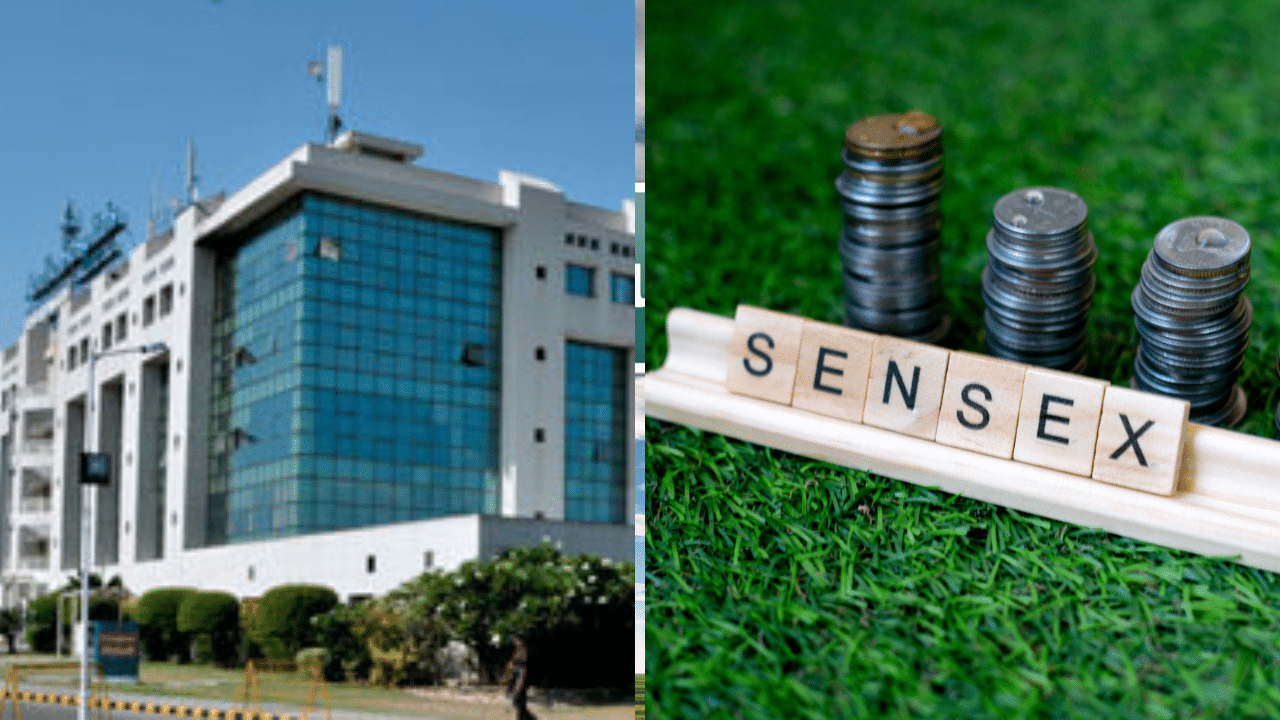Oil marketing companies have revised the prices of 19 kg commercial LPG gas cylinders, effective from September 1. This revision marks an increase of Rs 39 per cylinder, raising the retail price in Delhi to Rs 1,691.50. This latest price adjustment follows a series of reductions that had previously offered some respite to businesses.
Over the past few months, the pricing of LPG has been volatile. In July, a reduction of Rs 30 per cylinder was implemented, preceded by a more substantial decrease of Rs 69.50 in June. May also witnessed a smaller reduction of Rs 19. These adjustments brought the price of a 19 kg commercial LPG cylinder in Delhi down to Rs 1,676 as of June 1. However, the latest price hike now reverses some of the relief experienced during the summer months.
The reasons for the frequent adjustments in LPG prices are complex and multifaceted. While specific details behind the latest increase have not been made public, several underlying factors are likely at play. Global oil prices continue to be a significant influence, as fluctuations in the global market often trickle down to domestic pricing. Additionally, changes in domestic tax policies can also impact the cost of LPG.
The price increase is expected to have wide-reaching implications, particularly for industries that are heavily reliant on LPG for their operations. Restaurants, hotels, and small-scale manufacturers, all of which use large quantities of LPG, may now face increased operational costs. For businesses already operating on thin margins, this hike could force them to reassess their pricing strategies.
For the hospitality sector, which is slowly recovering from the impacts of the pandemic, this price increase comes as a challenge. The same goes for small-scale manufacturers who rely on LPG as a key energy source.
While the direct impact of the price hike will be felt by businesses, consumers may also experience indirect effects. As operational costs rise, businesses might increase the prices of their services or products, leading to higher costs for end consumers. This, in turn, could contribute to inflationary pressures, particularly in sectors where LPG is a significant input cost.
If this hike signals the beginning of a new upward trend in LPG pricing, businesses will need to brace for further cost pressures in the coming months. Moreover, the frequent changes in LPG prices could lead to a more cautious approach from businesses in planning their operational budgets.
While commercial sectors grapple with rising LPG prices, the government continues to promote the use of LPG for home cooking. Through schemes like the Pradhan Mantri Ujjwala Yojana, the government provides subsidies to eligible families, encouraging the adoption of cleaner cooking fuels. This initiative aims to improve living standards by making LPG more accessible to low-income households.





